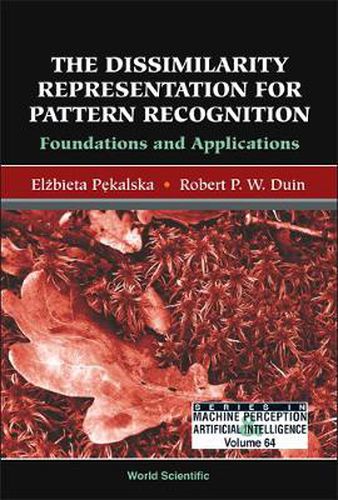Readings Newsletter
Become a Readings Member to make your shopping experience even easier.
Sign in or sign up for free!
You’re not far away from qualifying for FREE standard shipping within Australia
You’ve qualified for FREE standard shipping within Australia
The cart is loading…






This book provides a fundamentally new approach to pattern recognition in which objects are characterized by relations to other objects instead of by using features or models. This ‘dissimilarity representation’ bridges the gap between the traditionally opposing approaches of statistical and structural pattern recognition.Physical phenomena, objects and events in the world are related in various and often complex ways. Such relations are usually modeled in the form of graphs or diagrams. While this is useful for communication between experts, such representation is difficult to combine and integrate by machine learning procedures. However, if the relations are captured by sets of dissimilarities, general data analysis procedures may be applied for analysis.With their detailed description of an unprecedented approach absent from traditional textbooks, the authors have crafted an essential book for every researcher and systems designer studying or developing pattern recognition systems.
$9.00 standard shipping within Australia
FREE standard shipping within Australia for orders over $100.00
Express & International shipping calculated at checkout
This book provides a fundamentally new approach to pattern recognition in which objects are characterized by relations to other objects instead of by using features or models. This ‘dissimilarity representation’ bridges the gap between the traditionally opposing approaches of statistical and structural pattern recognition.Physical phenomena, objects and events in the world are related in various and often complex ways. Such relations are usually modeled in the form of graphs or diagrams. While this is useful for communication between experts, such representation is difficult to combine and integrate by machine learning procedures. However, if the relations are captured by sets of dissimilarities, general data analysis procedures may be applied for analysis.With their detailed description of an unprecedented approach absent from traditional textbooks, the authors have crafted an essential book for every researcher and systems designer studying or developing pattern recognition systems.